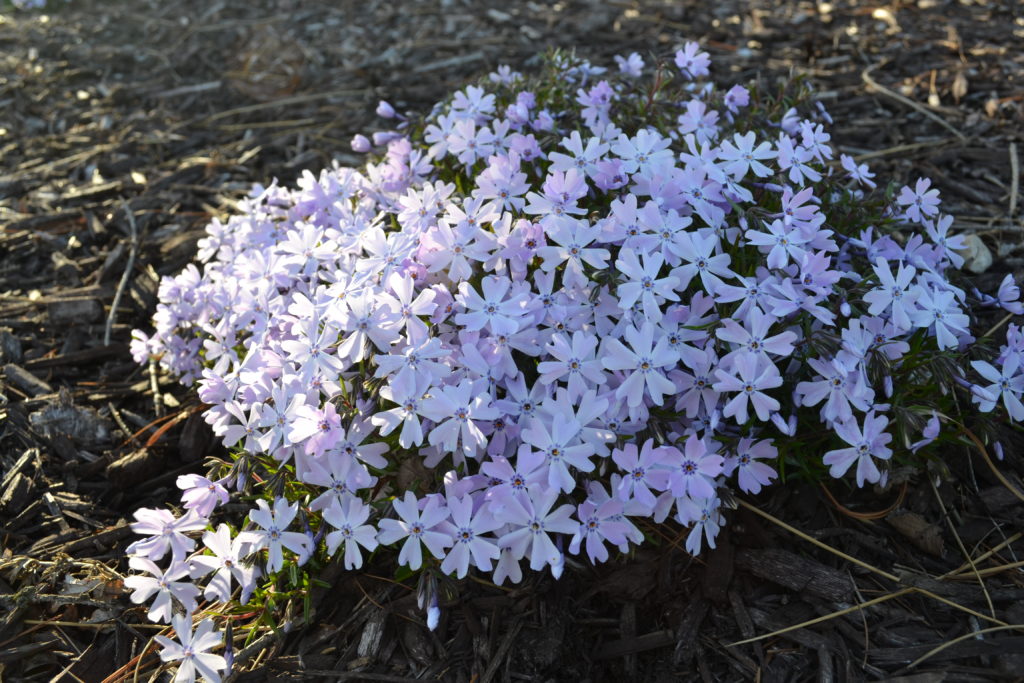

Shade ground cover full#
Reaching their full potential once they are filled withĬolour they are also spectacular when splashed with luscious Such a terrible thing and while many of us see gardens as To see exactly how the sun moves over it and when.
Shade ground cover trial#
Trial and error mayīe key as well as watching your garden throughout the year Others may experience near total shade due to large objects Some areas may only be in light and partial shade whereas Will be shaded for when choosing which plants to put where. Take into account the amount of time the plants Possible however due to an already established garden forĮxample it is still possible to get the most out of your The shaded areas of your garden before you do any planting That will do very well in this mostly overlooked area. There are a wide range of trees, shrubs and plants available Positioning of your garden but don't see this as a problem, Shade cast by buildings, trees, fencing or simply the Add a yellow bulbine ( Bulbine frutescens, zones 9 to 11) to the mix for an even more impressive display.Everyone has a bit of shade in the garden, this could be It makes a great companion for society garlic, since both plants bloom at the same time, are from South Africa and thrive in more or less the same conditions. The big blue and white flowers looming overhead in the photo here are those of the oft-planted lily of the Nile ( Agapanthus africanus, zones 7 to 11). Society Garlic ( Tuhlbaghia violacea) Edible garlic-flavored purple flowers on a drought-tolerant and grassy ground cover - what other reasons do you need to replace your lawn with society garlic? Suffering colonies of this plant can be found in parking medians and hell strips wherever it's hardy, but it responds very well to regular watering and an occasional boost of fertilizer, and it can fill in to form a weed-suppressing ground cover in just a couple of years. Where it will grow: Remains evergreen to 25 degrees Fahrenheit (zones 9b to 11) but resprouts in zone 7b to 11 Water requirement: Average tolerates standing water and drought once established Light requirement: Full shade to partial sun Mature size: 3 to 4 feet tall and 4 to 5 feet wide Seasonal interest: White and orange shell-shaped flowers are rare grow it for the lush foliage. Its slow growth allows you to trim the taller stems back every couple of years to keep it short, or you can let it grow up to 4 feet tall as a tall ground cover, so you'll have a chance to witness its rare porcelain flowers. Use cinnamon ginger as a ground cover or an accent in shade gardens or wherever you desire a lush and tropical look, no matter how small the space. Another notable difference, however, is the amazing scent of cinnamon you can smell upon crushing the leaves or brushing up against the plant.

Also known as false cardamom ginger, cinnamon ginger looks much like a dwarf version of the more widely grown shell ginger ( Alpinia zerumbet, zones 9 to 11) in every respect. Where it will grow: Evergreen in zones 7b to 11 find your zone Water requirement: Low to average well-drained soil Light requirement: Full shade to partial sun Mature size: 1 foot tall and 2 feet wide Seasonal interest: Inconspicuous flowers evergreen foliage year-round When to plant: Spring to fallĬinnamon Ginger ( Alpinia nutans) If your garden is too soggy or too shady for other ground covers, you'll love this plant.

Not that you really need to dig and replant them they're so beautiful and useful that you'll look forward to spreading them around the landscape. The only maintenance you'll need to perform for cast iron plants is the occasional removal of dead leaves as they appear and division every few years.

This one just happens to be short enough to be used as a lawn substitute, attractively spotted and readily available at local nurseries. To be completely honest, just about any Aspidistra plant will work very well as a ground cover in the landscape, regardless of its name. 'Milky Way') This is a small and speckled relative of cast iron plant ( Aspidistra elatior, USDA zones 7b to 11), which is normally grown as a houseplant, but expect to see it labeled as Aspidistra 'Milky Way' in nurseries. Speckled Cast Iron Plant ( Aspidistra sichuanensis 'Ginga', syn.


 0 kommentar(er)
0 kommentar(er)
